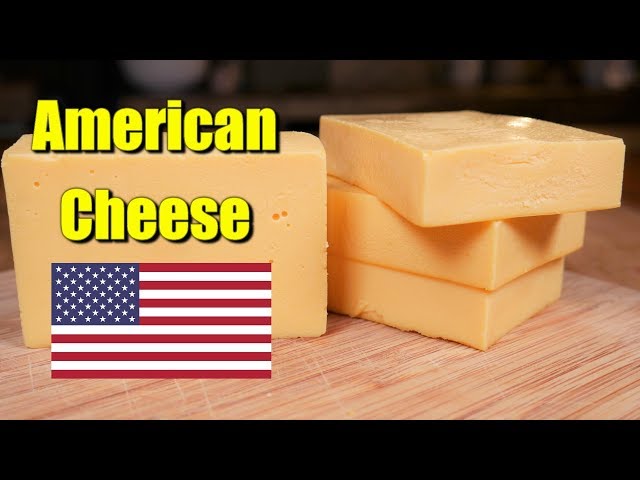Brief history of American Cheese Making
The history of cheese making in the United States dates back to the arrival of European settlers in the 17th century. The first cheesemakers were of English, Dutch, and German descent. They brought with them their traditional methods for making cheese. Cheese making initially was a way for settlers to preserve excess milk from their cows, but it grew into a profitable industry.
Some historical early American cheesemakers include:
- Jesse Williams, considered to be the first commercial cheesemaker in the United States. He began making cheese in the late 1700s in New York and his cheese became popular throughout the northeastern United States.
- G.F. Warren, who established a cheese factory in New York in 1851 and is credited with inventing the process for making “brick cheese”.
- John J. Smith, who in 1868, began making Limburger cheese in Wisconsin, which helped establish the state as a major cheese producer.
- Stephen F. Wilber, who in 1869, established one of the first cheese factories in California.
- Joseph F. Steinwand, who in 1885, established one of the first cheese factories in Minnesota.
In the 19th century, the industrial revolution brought new technologies and techniques to cheese making. These developments lead to the mass production of cheese. The invention of the cheese press, for example, made it possible to produce large quantities of cheese in a shorter amount of time. This allowed for cheese production on a larger scale and at a lower cost, making it more accessible to the general population.
Today, the United States is one of the largest cheese producers in the world, with over 900 different types of cheese produced across the country. The most popular cheese types in the USA include Cheddar, Mozzarella, and American.
Cheddar is a hard, sharp-tasting cheese that originated in the English village of Cheddar. It is the most popular cheese in the United States, accounting for over 40% of the total cheese production. Cheddar made from cow’s milk and can age for several months to several years. The aging process gives cheddar its characteristic sharp flavor.
Mozzarella is a soft, mild-tasting cheese that originated in Italy. It is the second most popular cheese in the United States and is mainly used on pizza. Mozzarella made from cow’s milk can be made into a variety of forms, such as fresh mozzarella and low-moisture mozzarella.
American cheese, also known as processed cheese, is a type of cheese made from a mixture of natural cheese and other ingredients. These ingredients could include emulsifiers and artificial colors. It is a popular choice for sandwiches and burgers, and has a mild, creamy flavor.
Besides to these three popular types, there are a wide variety of other cheeses produced in the United States. Examples are blue cheese, Colby, Gouda, Feta, and Brie.
The cheesemaking industry in the United States continues to evolve and adapt to changing consumer tastes and preferences. Today, many cheesemakers are producing artisanal and specialty cheeses, using traditional methods and high-quality ingredients. These artisanal cheeses are becoming increasingly popular among food enthusiasts, who appreciate the unique flavors and textures that these cheeses offer.
In recent years, there has also been a growing interest in farm-to-table and sustainable food movements in the United States. This has led to an increase in the number of small-scale cheesemakers using locally sourced milk and other ingredients.

Buy cheese making kits, culture and rennet in South Africa from: cheesemaking.co.za/shop
Check out our Facebook page: https://www.facebook.com/capecheesemaking